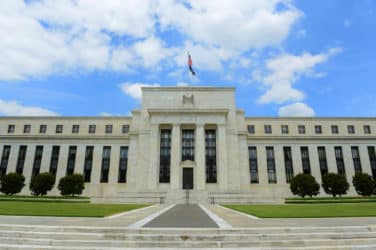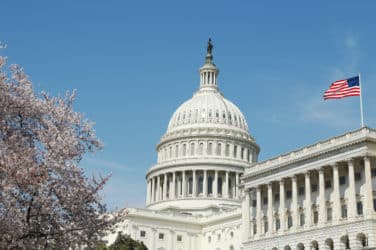
The European debt situation and a barely recovering economy and looming Presidential election in the U.S. are muting enthusiasm and activity in capital markets.
“I see this summer as a continuation of a ‘muddle-through’ type of market,” said Arun Kaul, chief investment officer at Fort Lauderdale, Florida-based hedge fund Olympian Capital. “We are in a muddle-through environment wherein macro issues continue to overhang the market, and bottom-up investors have to continue to take the macro issues into consideration.”
“There has been slow growth in the U.S. and slower growth in emerging markets,” Kaul continued. “But the U.S. equity market has been strong in relative terms.”
Perhaps ironically, the turbulent macro environment that is keeping a lid on trading activity in a broad sense also threatens the market’s seasonal slowdown that is typical of July and August. That is because unforeseen developments in Europe or the U.S. can spike volume temporarily, as it did in 2010 and 2011.
“If you go back to last year, there was a tremendous amount of volume around mid-August during and after the U.S. debt talks. In the previous year, there were events in Greece from May through July and there were elevated levels of volume,” Kaul said. Still, “net of a crisis we should see typical summer volume, which would be below levels earlier in the year but not dramatically below.”
Indeed, the summer of 2011 was an aberration as NYSE Euronext average daily trading volume increased about 60% in August compared with the first seven months of the year. In the previous decade, volume was lower in the summer about two of every three years.
Aside from the intra-year fluctuations in trading volume, the broader trend over the past few years has been lower. Market participants including traders and exchange executives have limited confidence that will turn around without further clarity on macro issues in Europe and the U.S.
Kaul noted that even though trading volume is lower this year, largely due to developing regulation in the U.S. and Europe, levels remain strong by historical standards. “Importantly, this is coming off the environment of two to three years ago where trading was four times the market cap of $60 trillion,” Kaul said. “That may be down to three or three-and-a-half times, but it’s still a tremendous amount of trading volume.”
Factors underlying the longer-term rise in trading include technology, lower costs, new investment vehicles such as exchange-traded funds, and the ascendancy of high-frequency trading.






